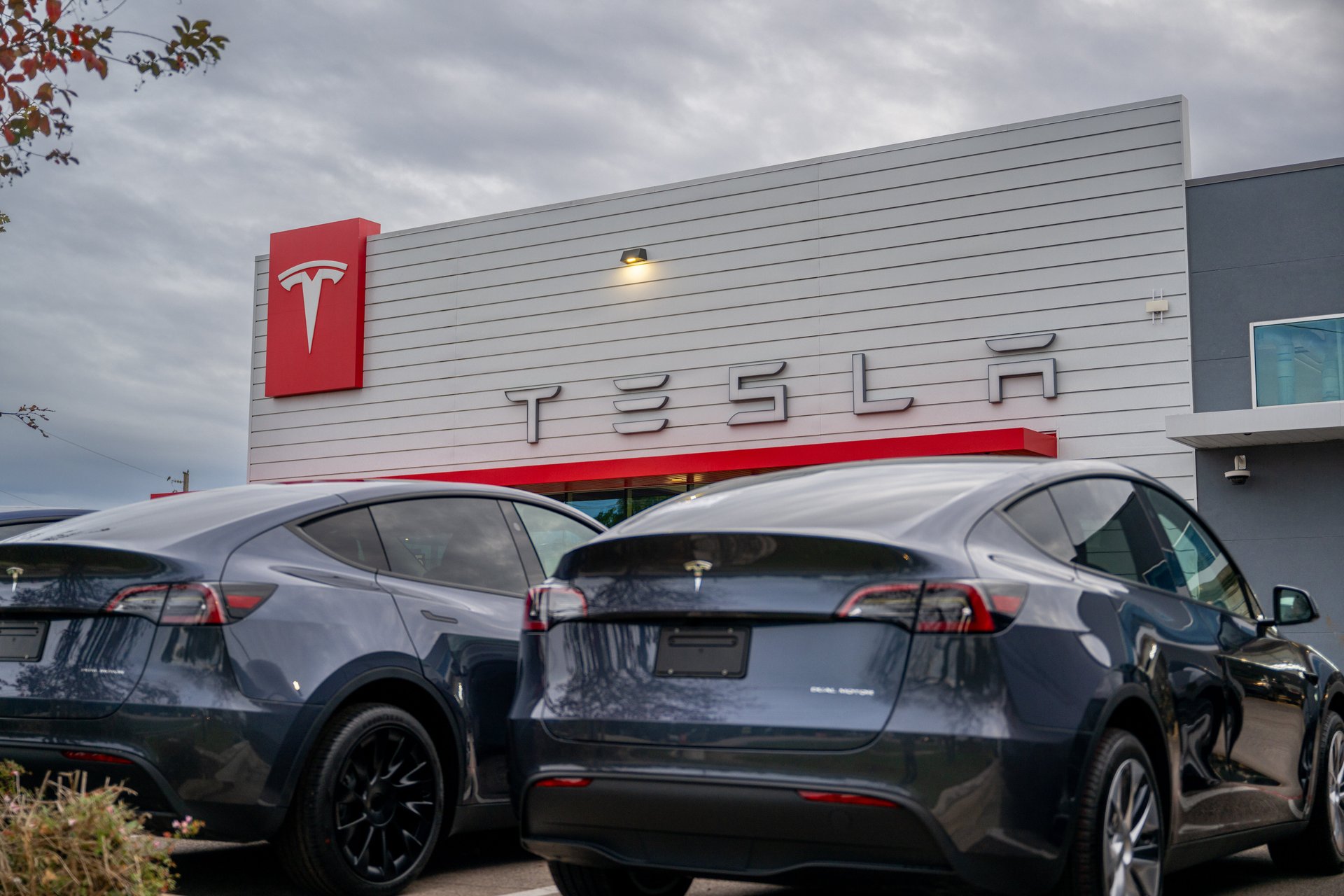China's Baidu might use Tesla's self-driving robotaxis
The search engine giant has other robotaxi ventures and recently launched its sixth-generation RT6

Tesla may have already found a potential partner to use its long-promised robotaxis in China.
Suggested Reading
That partner, of course, being Baidu, a Chinese search engine giant that has both invested heavily in self-driving vehicles and has an increasingly close relationship with Elon Musk’s automaker. The companies signed an agreement late last month to deploy Tesla’s Full Self-Driving (FSD) driver assistance technology using Baidu’s navigation and mapping services, building on an existing partnership that’s been on the books since 2020.
Related Content
Baidu is one of less than two dozen qualified suppliers with China’s top-level mapping credentials that are applicable to driver assistance programs, such as FSD. The company has robotaxi operations in more than 10 cities and more than six million rides have been taken in the self-driving vehicles, according to Nikkei Asia.
On Wednesday, Baidu debuted the RT6 robotaxi, a sixth-generation robotaxi that costs less than half the price of its previous iteration. The robotaxi, which was jointly developed with state-owned Jiangling Motors Group, costs $27,202 per unit. The RT5, which was developed with BAIC Group, cost more than $66,000 each.
Now, Shanghai Securities News reports that Baidu is interested in using Tesla’s robotaxis. Xu Baoqiang, the general manger of Baidu’s autonomous driving technology department, told the news outlet that Baidu will consider a potential collaboration.
Musk in April announced that Tesla would unveil a robotaxi on Aug. 8, although it’s not clear what that will entail. Tesla last month said it was planning to launch its own ride-hailing service using a fleet of robotaxis, promising a competitor to Uber.
The Tesla CEO — who is currently fighting to convince investors to reapprove his $47 billion pay package — is known for making boastful declarations and demonstrations, some of which fail.
Infamously, Tesla debuted its Optimus robot project in 2021 with just a person dancing in a costume. When the Cybertruck was revealed in November 2019, Tesla attempted to show off the electric pickup’s strong glass windows by throwing a metal ball at them. Instead of bouncing off, the windows shattered in what became the first of the Cybertruck’s many problems.
“We see a Robotaxi unveiling on August 8 as more aspirational, akin to Tesla’s Semi and Roadster announcements — and not likely to be Tesla’s next model,” Bernstein analysts wrote after Musk’s comments, noting that it “in no way means the technology is ready.”
